Products Composition Safety Check - Ingredient Safety Check
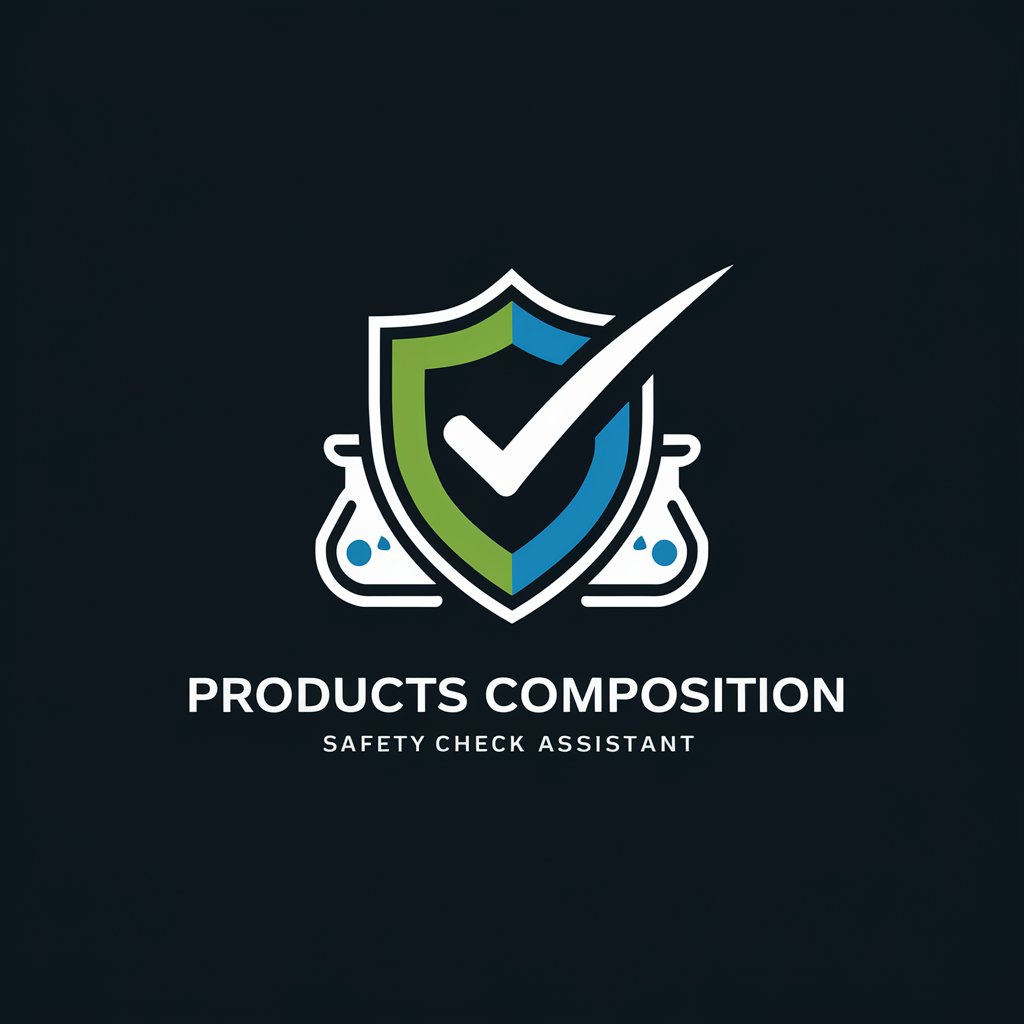
Welcome! Let's ensure your products are safe and reliable.
AI-powered Safety Analysis for Consumables
Analyze the safety of the following product ingredients:
Evaluate the nutritional content and safety of this food item:
Assess the potential risks of these self-care product ingredients:
Provide a safety breakdown for the listed components in this drug:
Get Embed Code
Overview of Products Composition Safety Check
Products Composition Safety Check is designed as a specialized assistant for analyzing the safety of foods, drugs, and self-care products based on their ingredients, minerals, and nutrients. This service aims to provide users with a comprehensive understanding of product compositions by breaking down each component and assessing its safety based on unbiased scientific evidence. For instance, when evaluating a new food product, the assistant would examine the list of ingredients, identify potential allergens or harmful substances, and provide an overall safety score. This score ranges from 'A' (All Safe) to 'F' (Harmful), reflecting the lowest individual ingredient score. Such an analysis helps users make informed decisions regarding the consumption or use of various products. Powered by ChatGPT-4o。

Core Functions of Products Composition Safety Check
Ingredient Safety Analysis
Example
Analyzing a granola bar's ingredients to identify the presence of high-fructose corn syrup and its potential health implications.
Scenario
When a consumer wants to understand if the ingredients in their snack are conducive to a healthy lifestyle, the assistant evaluates each component, providing a detailed safety breakdown and overall product score.
Nutritional Data Assessment
Example
Evaluating the vitamin and mineral content in a multivitamin supplement to ensure it meets daily recommended values without exceeding safe limits.
Scenario
A health-conscious user looking to supplement their diet with a multivitamin would use the assistant to confirm the product's nutritional benefits and safety, ensuring it aligns with their health goals.
Allergen Identification
Example
Identifying the presence of common allergens, such as nuts or dairy, in a packaged food item.
Scenario
For individuals with specific food allergies, the assistant can scrutinize product ingredients to highlight potential allergens, aiding in the avoidance of allergic reactions.
Target User Groups for Products Composition Safety Check
Health-Conscious Consumers
Individuals focused on maintaining or improving their health through informed dietary choices. They benefit from understanding the nutritional value and potential risks associated with food and supplement products.
Individuals with Dietary Restrictions
People with allergies, intolerances, or other dietary restrictions who need to avoid specific ingredients. The assistant's detailed breakdowns and safety assessments help them select products that meet their dietary needs safely.
Parents and Caregivers
Responsible for making safe and healthy choices for those in their care, particularly when selecting food and self-care products for children or elderly family members. The assistant provides vital information to protect vulnerable populations from harmful substances.

How to Use Products Composition Safety Check
1
Start with a free trial at yeschat.ai, no login or ChatGPT Plus subscription required.
2
Provide the product name or a clear photo of the ingredients label to be analyzed.
3
Specify if you're inquiring about a food, drug, or self-care product for accurate analysis.
4
Review the ingredient safety breakdown and overall safety score provided by the assistant.
5
For unclear or incomplete information, provide additional details or images upon request by the assistant.
Try other advanced and practical GPTs
2 Analyse du groupe - Outil GR international
Unveiling Professional Networks with AI

Composition Pro
Elevate Your Images with AI-Powered Composition Analysis
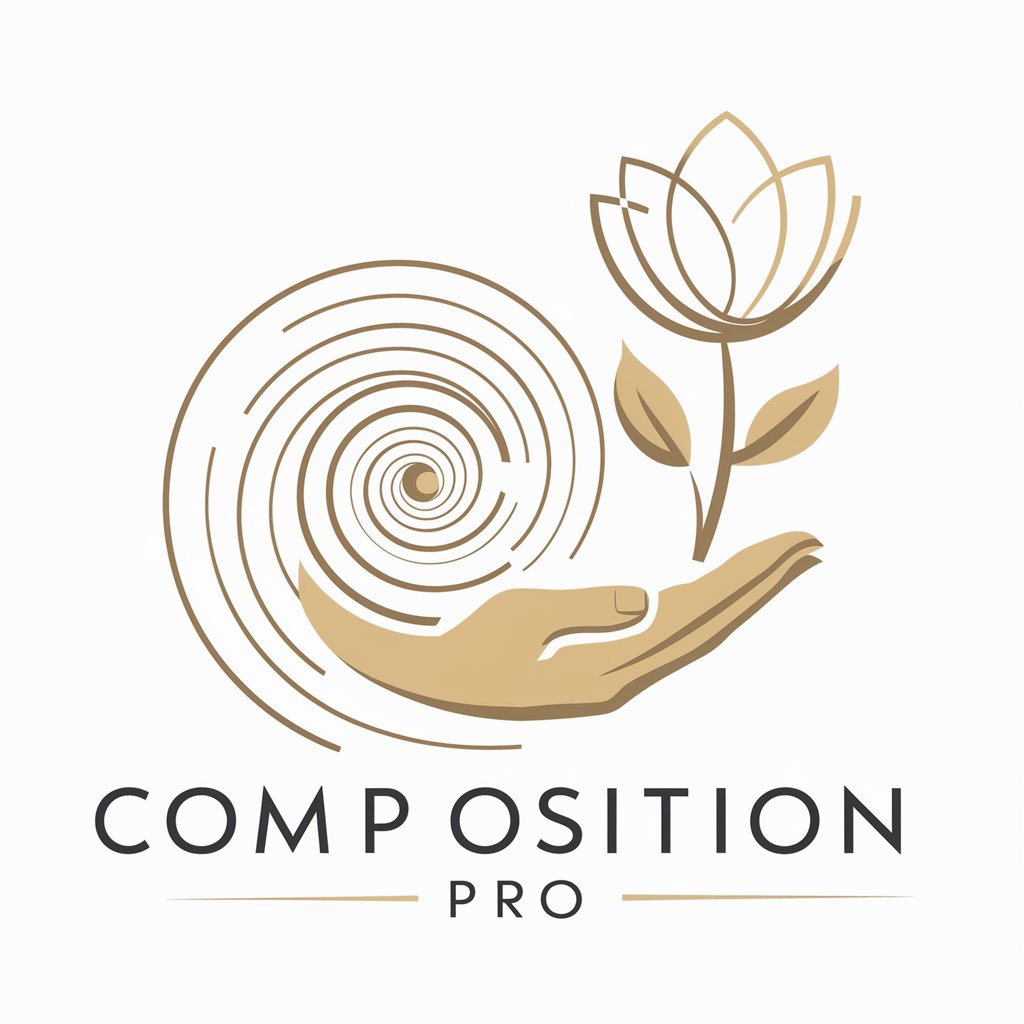
작곡박사 (Doctor of Composition)
Crafting Your Musical Imagination with AI

Photo Composition Expert
Perfect Your Shots with AI-Powered Insights

Composition Mentor
AI-Powered Essay Feedback Tool
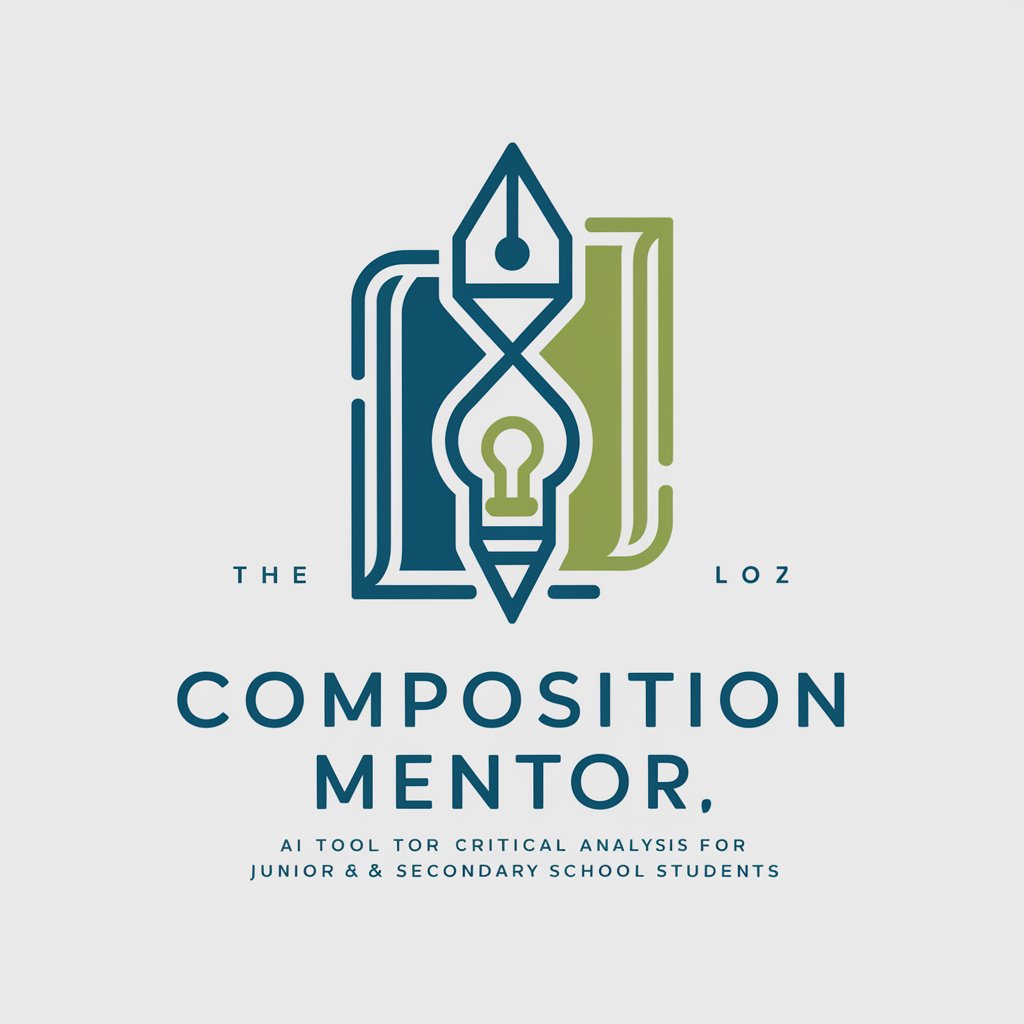
Install Helper
Smart, Simplified Software Setup

Dream Translator
Unravel Your Dreams with AI
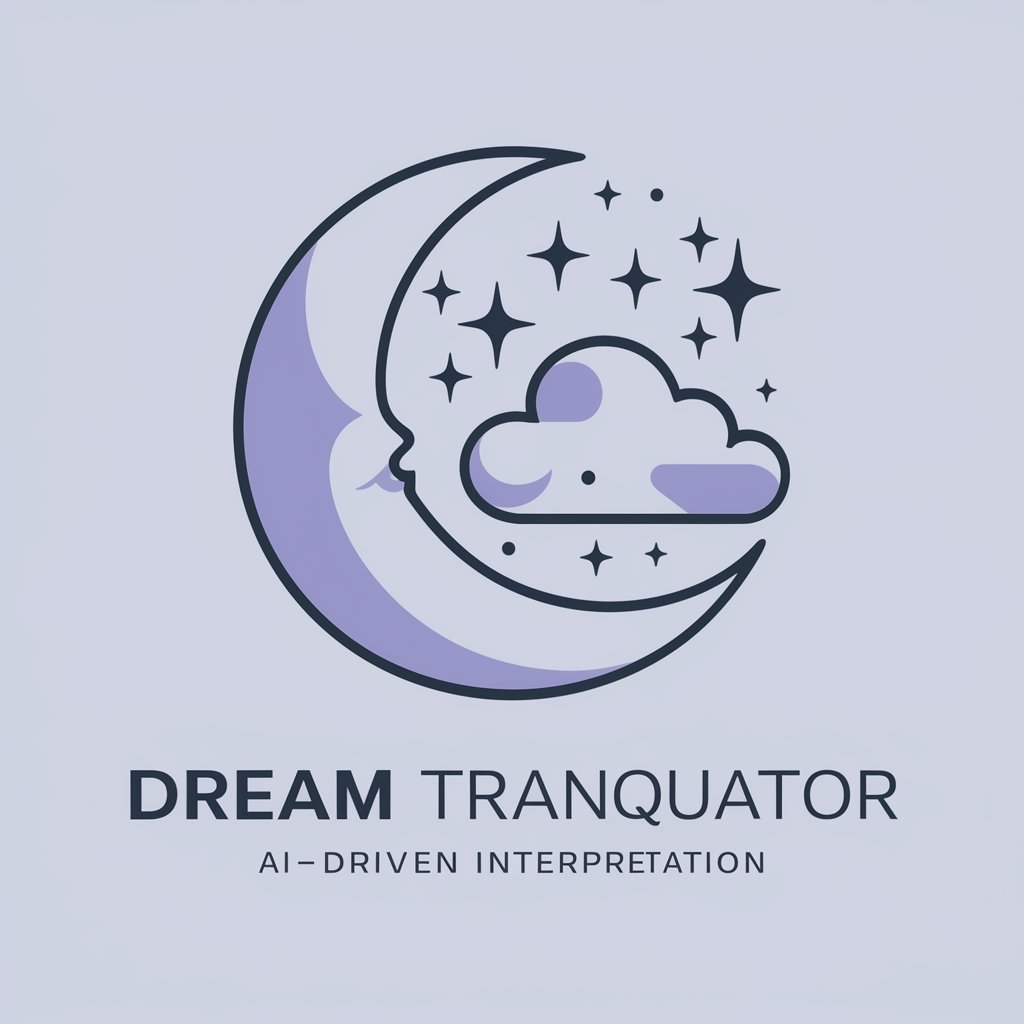
Dream Weaver
Bringing Dreams to Life with AI

Dream Weaver
Bringing Bedtime Stories to Life with AI
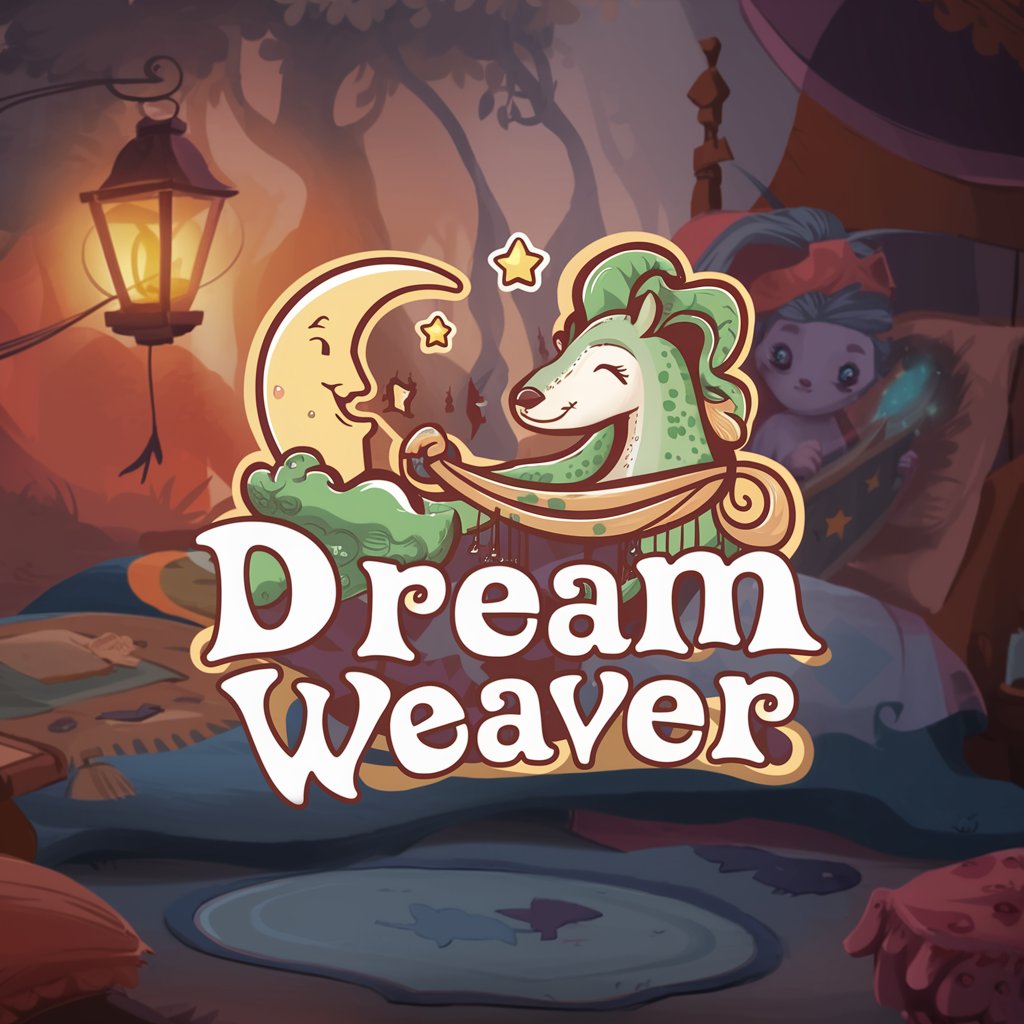
Dream Weaver
Unlock your dreams, visualize your subconscious.
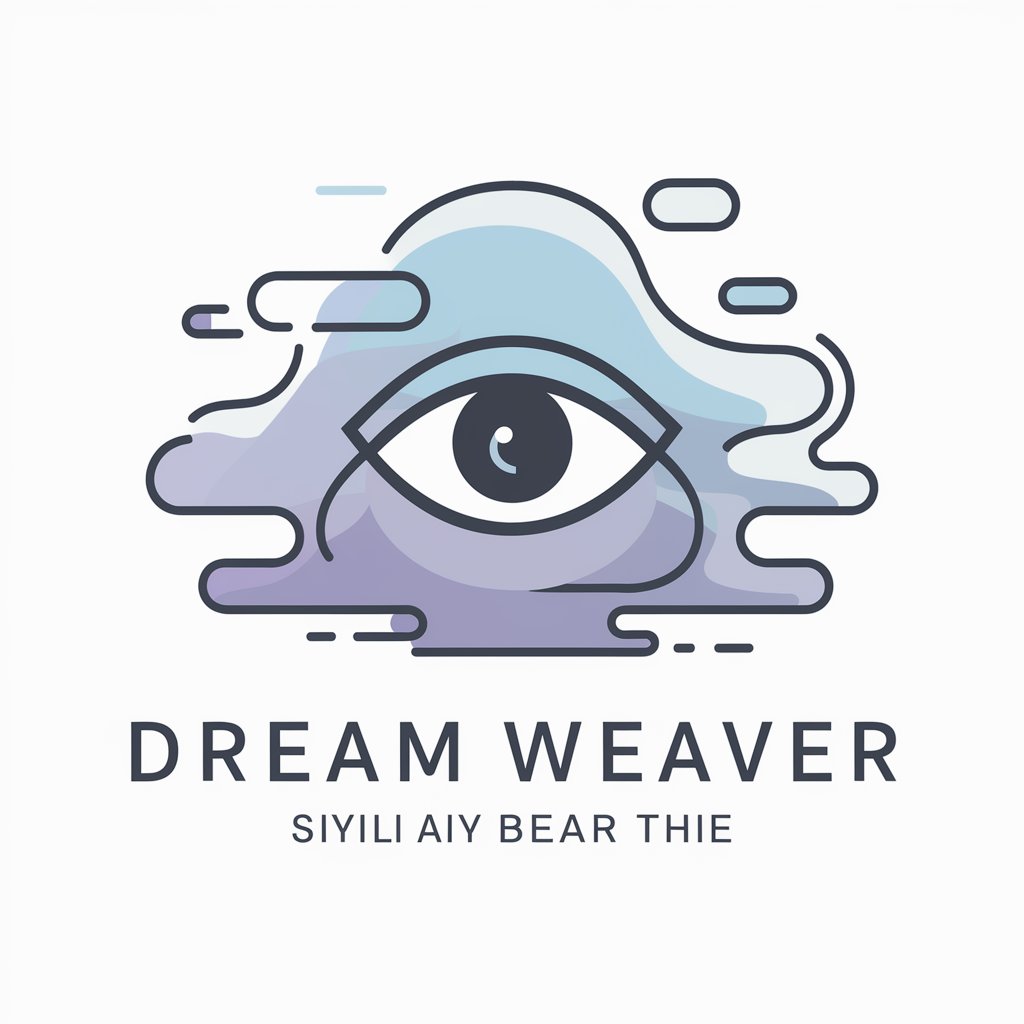
Dream Interpreter
Unlock the secrets of your dreams with AI
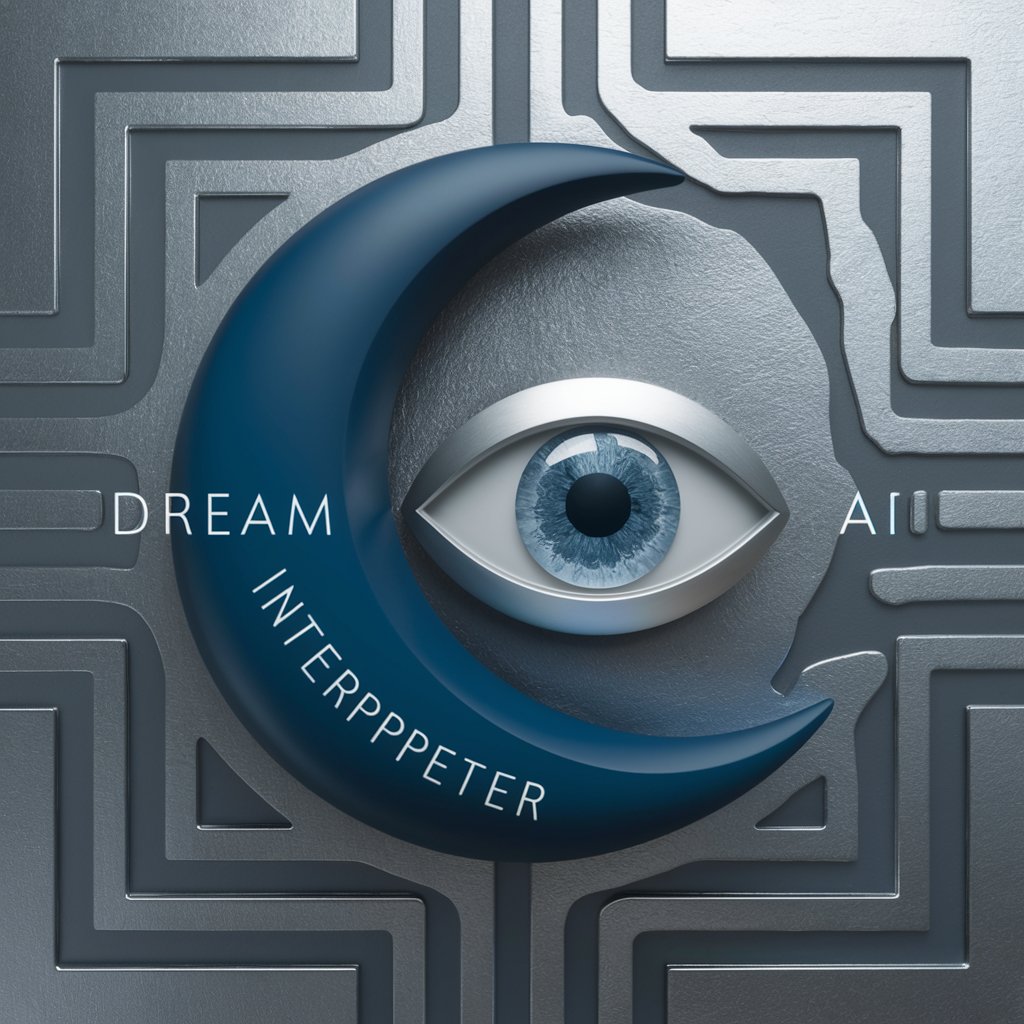
Dream Weaver
Crafting Dreams Through AI-Powered Stories
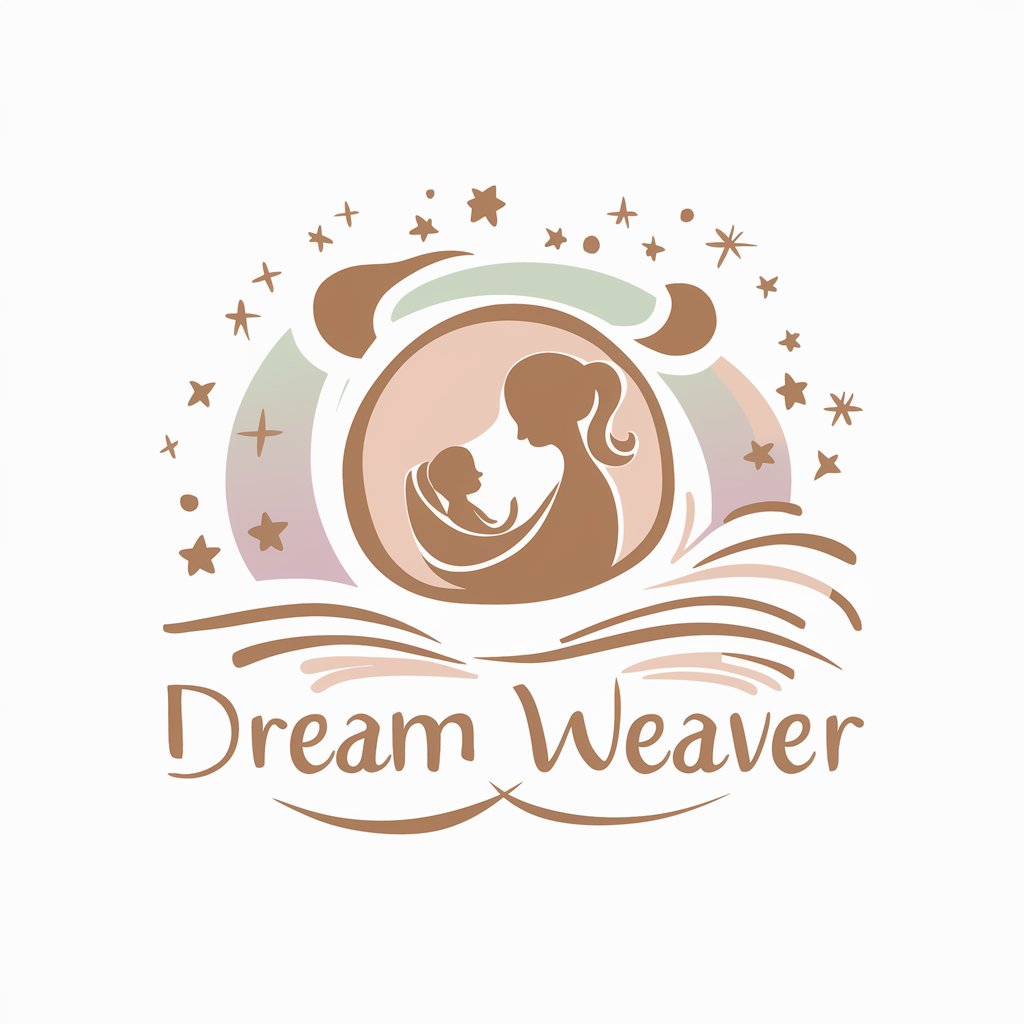
FAQs about Products Composition Safety Check
What types of products can the Products Composition Safety Check analyze?
It can analyze foods, drugs, and self-care products, providing ingredient safety breakdowns and overall safety scores.
How accurate is the safety analysis?
The analysis is based on unbiased scientific evidence and public data, aiming for high accuracy. However, individual sensitivities and updated research may influence safety perspectives.
Can I use it for products with non-English labels?
Yes, but you may need to provide translations for non-English ingredients or request assistance from the tool for translations.
What should I do if my product's ingredients are not recognized?
Provide additional context or clearer images of the product's ingredients. The tool may request more information to complete the analysis.
How is the overall safety score determined?
The score reflects the lowest individual ingredient score, ranging from A (All Safe) to F (Harmful), based on scientific evidence.
